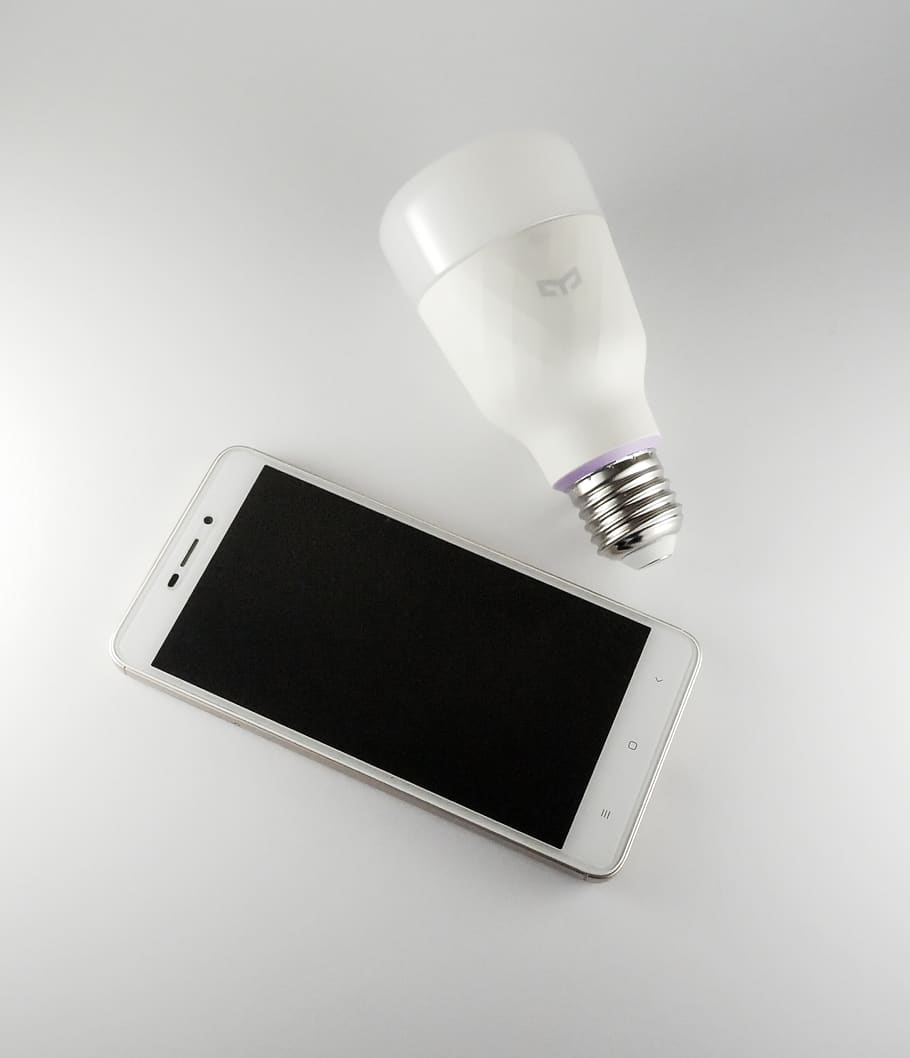Ask Bongani
Ask Bongani: Prepare for work-from-home load shedding
BONGANI SITHOLE answers the question of how to prepare for load shedding while working from home.
Q: How do I prepare my work-from-home environment for load shedding?
A: More employees are going into the office during load shedding because their workplace has backup power facilities. With proper planning, however, one doesn’t need to make the trip.
You can extend your smartphone battery by disabling notifications and enabling the important ones (like messaging and emails). You can also turn off background app refresh as this consumes more battery. The best option is to buy a power bank in case of extended outages.
For your laptop, most new laptops support USB power delivery (PD), making them compatible with certain power banks. If you have a laptop that supports USB-PD, look out for power banks that support this because they can be used on smartphones and laptops. Another helpful tip is closing non-essential background applications, which can extend your battery life. For example, Teams can be run via a smartphone, and closed on a laptop, during load shedding.
To create a complete solution, get a Wi-Fi backup battery to have uninterrupted connectivity and to extend the battery life of your cellphone. This is because connecting to mobile data via a smartphone can drain its battery life faster than if it’s connected to Wi-Fi. These can usually be found on Takealot by searching “Wi-Fi UPS”.
Finally, to stay alert about upcoming power outages, download a load shedding app like EskomSePush to be notified about outages before they happen. The most helpful notification is EskomSePush’s 50-minute prior warning, which can be used to prepare you to charge your devices in time before you are load shed.



















